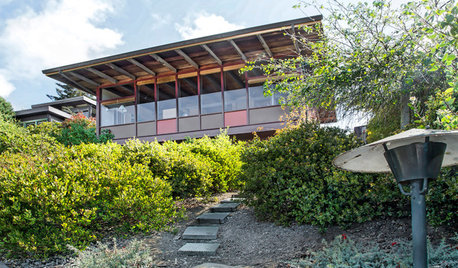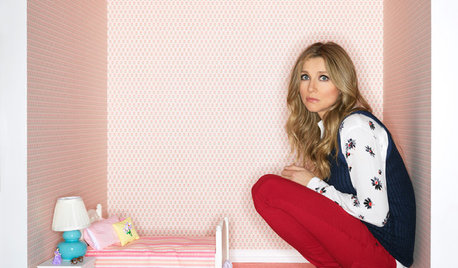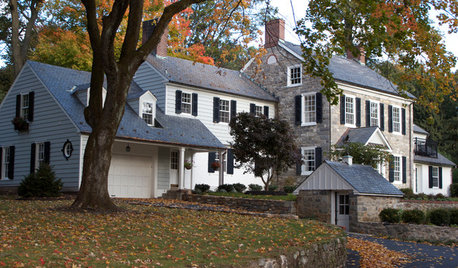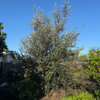last minute rainwater catchment in San Bruno
sf_rhino
9 years ago
Related Stories

SAVING WATER6 Reasons Why You Should Save Your Rainwater Now
Collect and store during the rainy season so you’ll have water ready for irrigation when you need it
Full Story
HOUZZ TVHouzz TV: How to Install a Rain Barrel
This DIY tutorial shows how easy it can be to capture rainwater from your roof to use in your garden later
Full Story
GREEN BUILDINGJust Add Water: Rain Barrel Magic
Take your rainwater storage from practical to beautiful with a new breed of design-friendly rain barrels
Full Story
CONTAINER GARDENS3 Steps to Creating Quick, Easy and Colorful Succulent Containers
Take a bright container, add a colorful succulent or two and have a professional, summery design in minutes
Full Story
MY HOUZZHouzz TV: Love Letter to a Small Midcentury Find
A 630-square-foot 1956 home captures its owner’s heart. See it when it was new and now
Full Story
LIFETell Us: Do You Know How to Live With Your Parents?
If you've tried multigenerational living under one roof, we'd love to hear the details
Full Story
HOUSEKEEPINGIt’s Time to Clean Your Gutters — Here’s How
Follow these steps to care for your gutters so they can continue to protect your house
Full Story
SAVING WATER11 Ways to Save Water at Home
Whether you live in a drought-stricken area or just want to help preserve a precious resource, here are things you can do to use less water
Full Story
SAVING WATERXeriscape Gardens: How to Get a Beautiful Landscape With Less Water
Conserve water and make gardening much easier with the xeriscape approach’s 7 principles
Full Story
PETS50 Dog Photos Worth a Wag
Design hounds: Share in the pet love with Houzzers' snapshots of their beloved dogs at home, in the workshop and at play
Full Story






calistoga_al ca 15 usda 9
iris_gal
Related Professionals
Oatfield Landscape Architects & Landscape Designers · Panama City Landscape Architects & Landscape Designers · Middletown Landscape Contractors · Bound Brook Landscape Contractors · Bristol Landscape Contractors · Firestone Landscape Contractors · Long Beach Landscape Contractors · Mastic Beach Landscape Contractors · Pompano Beach Landscape Contractors · Waipahu Landscape Contractors · Lauderdale Lakes Landscape Contractors · Fontana Swimming Pool Builders · San Antonio Swimming Pool Builders · Mableton Window Contractors · Missoula Window Contractorshoovb zone 9 sunset 23
toyon
sf_rhinoOriginal Author
tim45z10
nil13
nil13
stanofh 10a Hayward,Ca S.F. bay area
sf_rhinoOriginal Author
stanofh 10a Hayward,Ca S.F. bay area
calistoga_al ca 15 usda 9
nil13
calistoga_al ca 15 usda 9